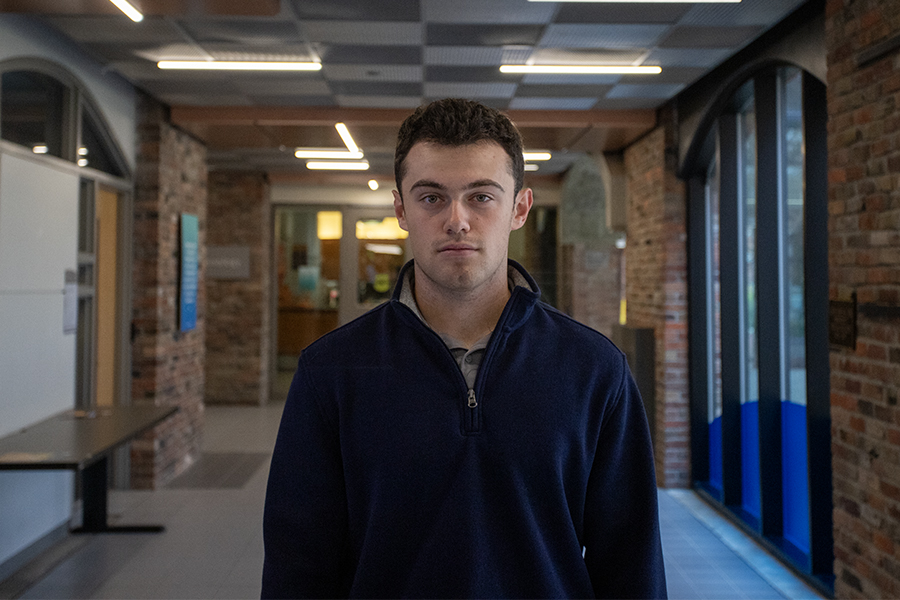Editor’s Note: This is a guest commentary. The opinions do not necessarily reflect the views of the editorial board.
Artificial intelligence is here to stay. Companies across the globe are finding ways to incorporate it as a valuable tool. In just a year of existence, more than 80% of Fortune 500 companies use ChatGPT to better their company. So why are we labeling a beneficial tool used in the professional setting as a threat in the academic environment? As a college student, I am in school to adopt skills that will prepare me for the workforce. As a communications student, I need to know the potential technological developments that will reshape the media industry. If I go into the workforce without knowing how to use AI to my advantage, the Park School of Communications would have failed to prepare me for success.
The old cliché is that history always repeats itself. Let’s look at the latest technological boom: social media. Social media has changed how people receive news, interact with friends and market their businesses. I am taking Crisis Communications this semester with Professor Cory Young, and we have done case studies of companies not being able to control crises over social media.
In 2017, United Airlines suffered a crisis when a video surfaced on Facebook of a security member dragging a passenger out of an aircraft like a rag doll. The airline was unprepared to deal with a social media crisis and let it spiral out of control. Clearly, United Airlines never understood the magnitude of a social media crisis. This comes from unpreparedness and a lack of knowledge about social media. Fast forward to 2023, we have another technological boom with AI tools. Instead of being scared about its abilities, we have an excellent opportunity to stay on top of the latest developments in AI.
Companies from various industries are already investing in AI. In February 2023, Coca-Cola partnered with consultants Bain & Company and OpenAI to enhance their marketing strategy by using AI to create personalized ads, messages and pictures. It’s genius! In the education industry, Udacity uses ChatGPT to create virtual tutors to personally interact with students and cater lesson plans to each student. Not only are these investments enhancing the product, but they are also cost-effective. The COVID-19 pandemic changed how companies structure their budgets to maximize long-term return on investment. Companies have realized how many jobs they don’t need because of these advancements.
I’ve heard of many students and faculty at Ithaca College debate about where the direction of AI tools is heading in the future. According to Statista, the global AI market size will fall just below 2 trillion U.S. dollars by 2030. In 2014, Elon Musk described the growth rate as “the pace of progress in artificial intelligence (I’m not referring to narrow AI) is incredibly fast. Unless you have direct exposure to groups like Deepmind, you have no idea how fast — it is growing at a pace close to exponential.”
Many people feel that AI will massively disrupt our culture if we don’t stay up to speed with its development. We’re in a bad spot if we don’t train the younger minds to learn how to use these tools. Fortunately, we have the technology and resources to manage the effects if we face reality in the academic setting and understand AI’s massive impacts.
Instead of running from this reality, higher education needs to put us in a position to succeed with this technology and this starts in the classroom. We should be encouraged to use AI tools to jumpstart essays or develop project ideas. We need to learn how to fact-check AI, as it’s still developing through glitches.
We must put our students in real-world situations and not hide them from these tools. If society is counting on the younger generation to “change the world,” then we must learn about the pros and cons of AI. Together, we can harness the power of AI to solve complex problems, drive innovation and create a world that benefits all.
Colin Shashaty (he/him) is a senior sports media major. Contact him at [email protected].








